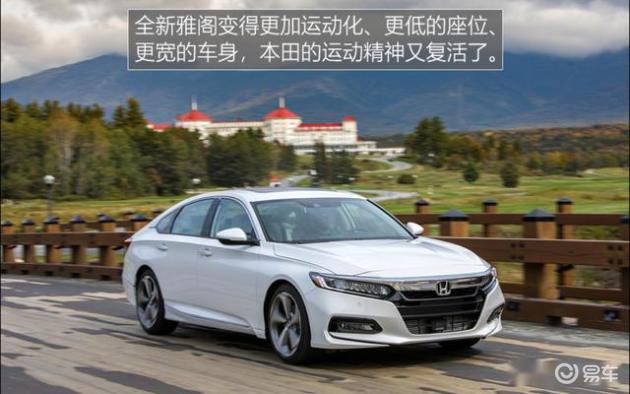The Evolution of Honda Accord (Accord 1-10th Generation)
The first generation SJ/SM model (1976-1981)
Do you know that?/You know what? At first, it didn’t appear as a medium-sized car, but as an authentic compact car, and it still appeared as a three-door hatchback model. It didn’t appear until 1977 in the form of a sedan. The emergence of the new model is due to the market vacancy to be filled, so that consumers who are interested but want more advanced models can have a choice.
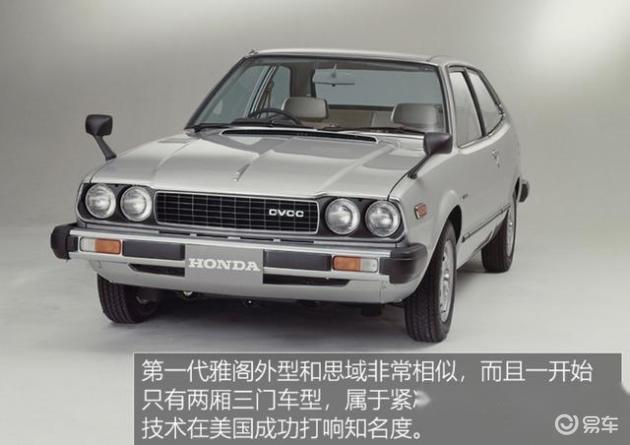
The second generation SY/SZ/AC/AD model (1981-1985)
The second-generation car set many firsts. It is the first Japanese car produced in the United States, the first car equipped with inertial navigation instrument, and the best-selling Japanese car in the United States. The American-style car modified in the middle period is also equipped with PGM-Fi EFI technology independently developed by Honda. In this generation, four-speed automatic transmission and three-valve engine per cylinder all appear in the configuration list.
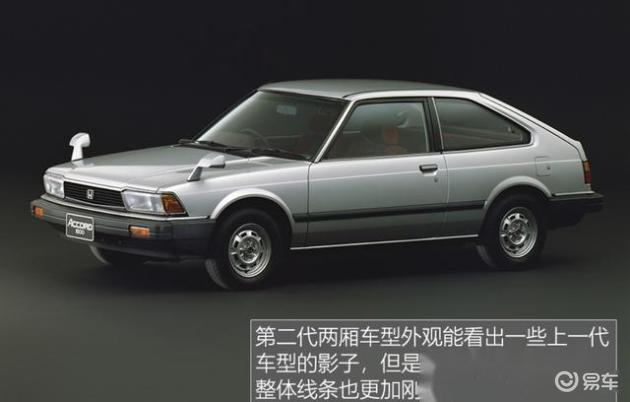
The third generation CA1/2/3/4/5/6 (1985-1990)
The third generation car is my personal favorite car, because it uses the jumping lamp design and looks particularly avant-garde. Of course, this model’s powerful place is not only avant-garde, but its B20A engine is made of all-aluminum material, so its weight is much lighter than the popular cast iron material at that time, making it the best engine at that time. In addition, the third generation is Honda’s first car with four-wheel double wishbone suspension.
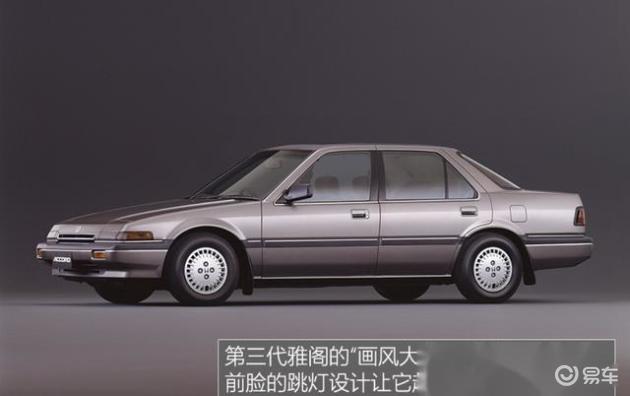
The fourth generation CB1/2/3/4 (1989-1994)
In this generation, Honda canceled the three-door hatchback model, only four-door cars, American-made station wagons and two-door models. This generation of cars is characterized by a larger cabin space, and the classification in the American market has changed from compact cars to medium-sized cars. However, in the Japanese market, because the car width is still 1695mm (lower than the legal 1700mm), it is still a small automatic car. The fourth-generation model has also been the best-selling model in the United States for three consecutive years.
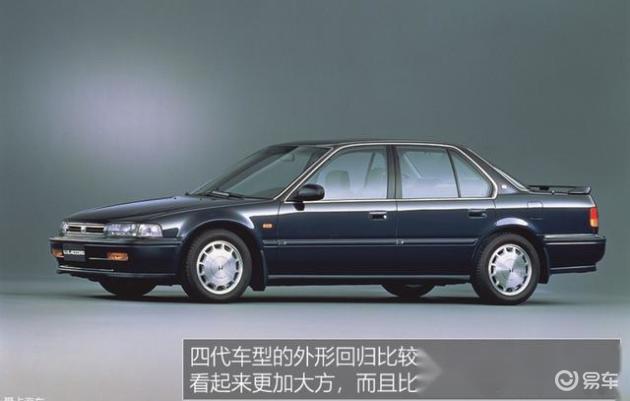
The fifth generation CD3/4/5/6 model (1993-1997)
This generation of Japanese-style cars have a width of more than 1700mm, so they are classified as ordinary automatic cars in Japan (the tax is higher than that of small automatic cars). The biggest highlight of this generation of models is that the engine is more advanced than the original four-cylinder model, and the V6 engine is also introduced.
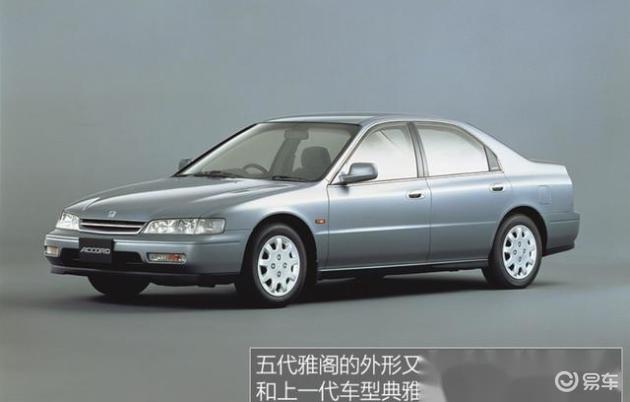
The 6th generation specification for North America and Asia-Pacific region CG1/2/3/4/5/6 (1997-2002)
This generation is the first time to appear in the domestic market in the form of formal joint venture. In that era when car sales were not very hot, more than 30,000 cars were sold in just one year after listing, and by the time production stopped in 2002, 130,000 cars had been sold, which made the China market contribute a lot to the sales.
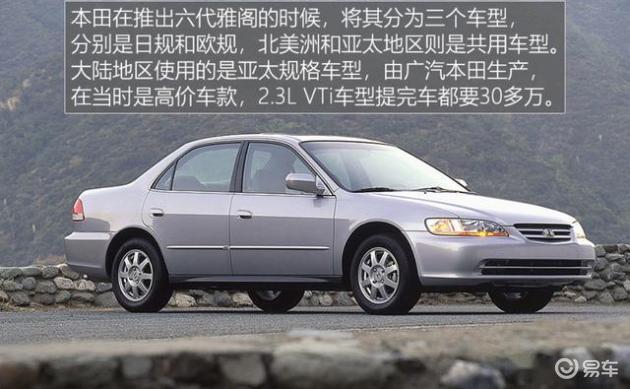
The 7th generation specification UC1 for North America and Asia Pacific (2002-2008)
To be honest, I think this generation is "strange" in appearance. Of course, this is only a subjective view, and many people think this generation looks young and dynamic. Guangqi Honda had high hopes for the Seventh Generation, and the result was not disappointing. It is not difficult for me to sell more than 10,000 cars a month, and it is also the first mid-level car with cumulative sales exceeding 500,000 cars in China.
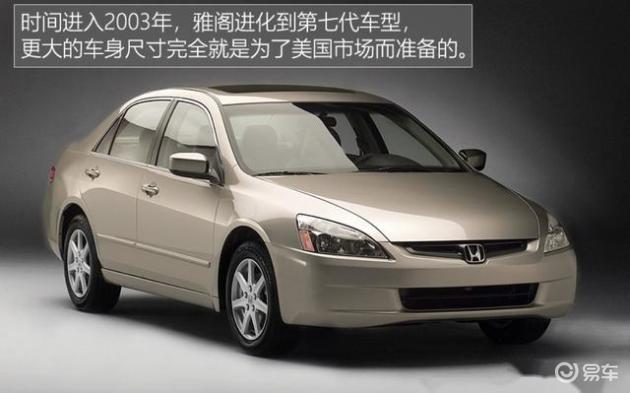
The 8th generation CP1/2/3 CS1/2 (2008-2013)
This generation is the most imposing, steady appearance and textured interior design, which is not comparable to the younger seven generations and the smaller nine generations. This generation of cars is also sold in Japan under the name of.
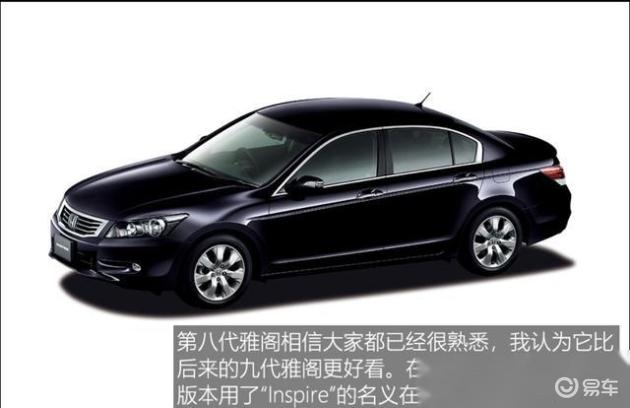
Ninth generation CR1/2/3 (North America) 5/6 (2013-2016) CR7 (mid-term modified model 2016 -2018)
In the ninth generation, North American models and Japanese-made models finally merged again, but the ninth generation models also decided to withdraw from the ranks of European Honda. North America was listed at the end of 2012, but Japan was not officially published on the website until May 31, 2013. The mainland market was officially listed in September 2013, and there were three power supply options: 2.0L, 2.4L and V6 3.0L (there are still V6 3.5L models abroad), and then hybrid models were introduced. In addition, there are still two-door models for the North American market.
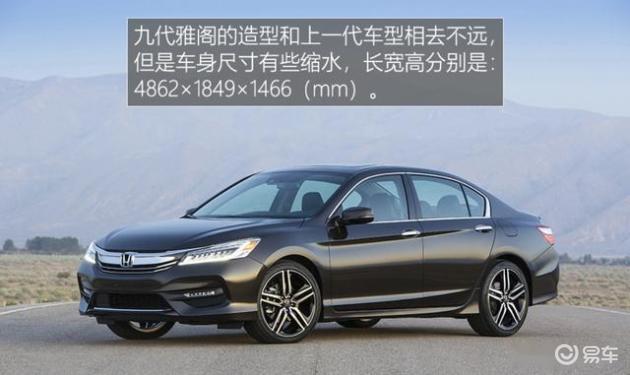
The tenth generation (2018-present)
In July 2017, Honda 10th Generation was officially released to the public, and it began to be manufactured in North America in October 2017. Compared with the previous generation, this generation looks very young. Originally, this class of cars tended to have a stable and mature design language, but it is an irresistible trend to be younger, and this generation also conforms to it, much younger than before.
